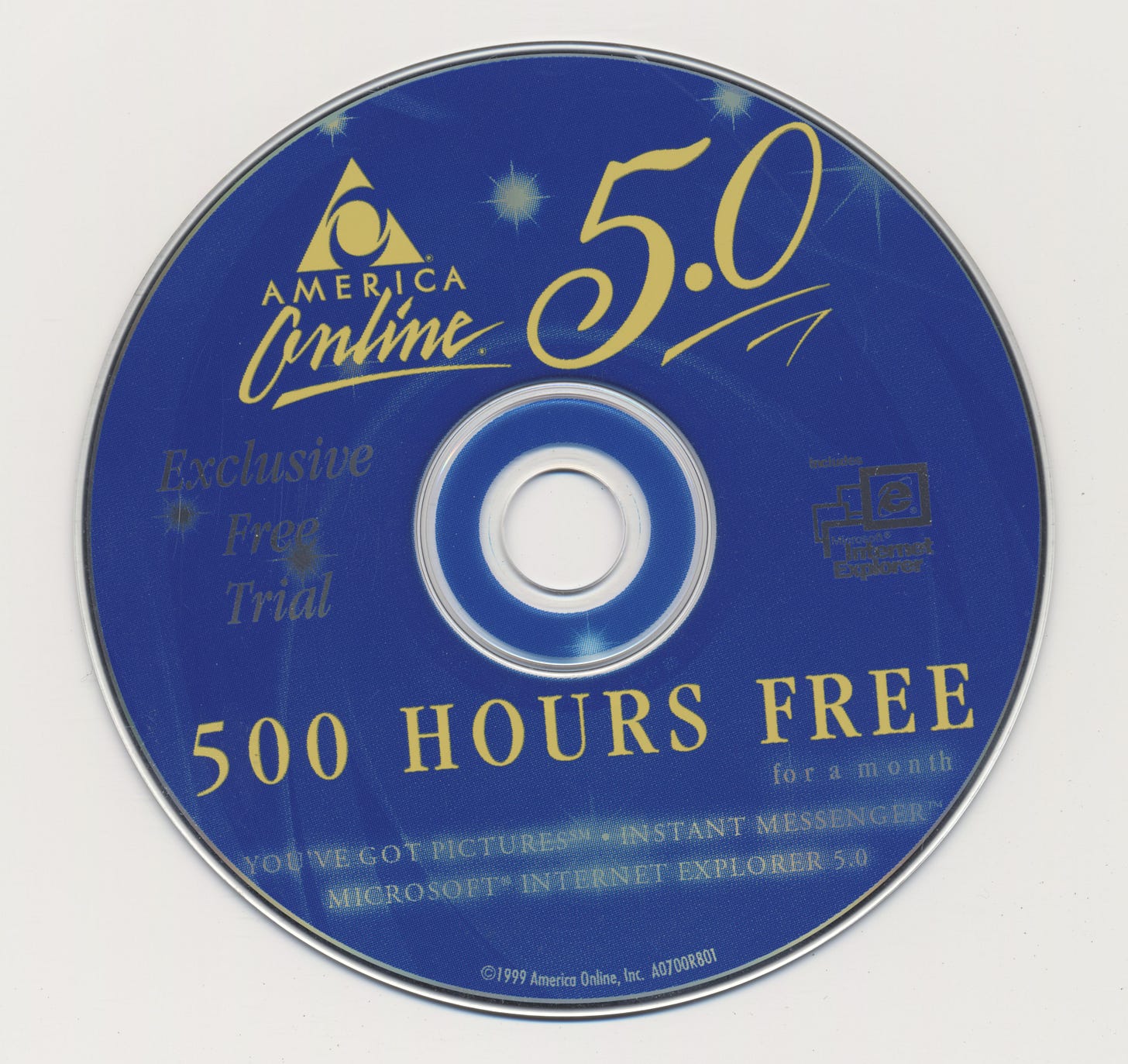The Mythical SaaS Moat
How SaaS startups can create true, lasting advantages
“Does any company really have a moat anymore?”
The CEO of a successful SaaS startup recently posed this question to me as we talked product strategy. What we were getting at: What is a moat, practically? Do moats even exist in this modern age of SaaS?
The first two examples that popped into my mind in that moment: Getting online thanks to AOL’s trial CD-ROM in the mail, and signing up for AT&T as the exclusive, initial provider of the iPhone. In both, brilliant distribution opened up an opportunity for value, stickiness, and other advantages at scale.
🫢 Pause for gasps as readers contemplate my age, given those examples.
The mythical moat: When startups mistakenly believe that by digging a ditch, they create an impenetrable, long-lasting defense. They toil and toil, until they realize they’ve lost focus on the customer.
“Moat” is best understood as shorthand for an ever-changing cocktail of unfair or competitive advantages that are costly to copy.
The Literal Moat
Rewind to medieval times when a moat was part of a system to defend the castle against an attack. Dig a ditch, fill it with water (and sewage). Attacking infantries were faced with an immediate obstacle!

Moats worked perfectly until the introduction of firearms and artillery. And then, just like that, the game changed.
AOL and Apple both knew that novel distribution was not enough, and both delivered on product experiences that offered substantial value, switching costs, and network effects (RIP AIM!).
The Figurative Moat
In modern SaaS, the idea of a moat — an immutable, impenetrable defense that forms a barrier of protection — is a myth:
No castle relied on one single defense mechanism. A moat was one tactic (archers, gatehouse, traps, curtain walls, etc). Similarly, the myth of the moat is that one will be sufficient — singular. This is rarely, if ever, the case.
No castle’s moat stood the test of time as the playing field evolved. A moat was useful only against specific attacks (like an infantry). Similarly, the myth of the moat is that an advantage is permanent. But technology, capital, talent, and expertise is readily available for competent, aggressive founders. The playing field changes too rapidly.
Instead, Do This
What is the SaaS startup to do?
Instead of obsessing over a single ditch, think of a “moat” as a cocktail that evolves over time: A set of things that, together, form a defense that is costly to copy. (Hint: This is the launchpad for your product strategy, too!)
1) What are your “moats,” current and aspirational?
Where do you have an advantage? Pick a main ingredient, and mix a cocktail (e.g. intellectual property, economies of scale, regulatory barriers, network effects, partnerships, brand, culture, price, and even cost). This is the ethos of the startup — the entire reason for being. This should be a simple, quick exercise. (If it takes longer than an hour, you might have a different problem.) Together, the sum should be costly for the competition to copy. No startup conquers the category on one moat.
2) Reinvent by asking “What if?”
Regularly reassess that cocktail and proactively “war game” scenarios (a practice we used often at H-E-B). What if the hungrier, scrappier startup creates better tech? What if the larger competitor picks off the main value prop and rolls it under their umbrella? What if….? Then strategically choose which moat to deepen and where to dig the next ditch(s). It’s a race to reinvent yourself before the competition takes your lunch.
3) Who cares?
Most importantly, does the customer care as much as you do about that moat? If not, either it’s not as unique as you think, or you have positioning work to do. (The name of the game here is value — not “moat” — anyway.) This demands that everyone across the company can repeat the exact same message.
The Most Powerful “Moats”
If you read only one thing here, especially for earlier stage startups: Don’t take your eye off the customer, and keep shipping. Solve a problem in a unique way that no one else has addressed. Put your customers at the center of your product development process. Continuously gather feedback and engage with customers to understand their pain, challenges, and preferences.
That creates a loyal customer who will take your product to their next company.
And that ditch digs itself. 🚀
Now, excuse me while I dig through my box of memories for that AOL CD…



